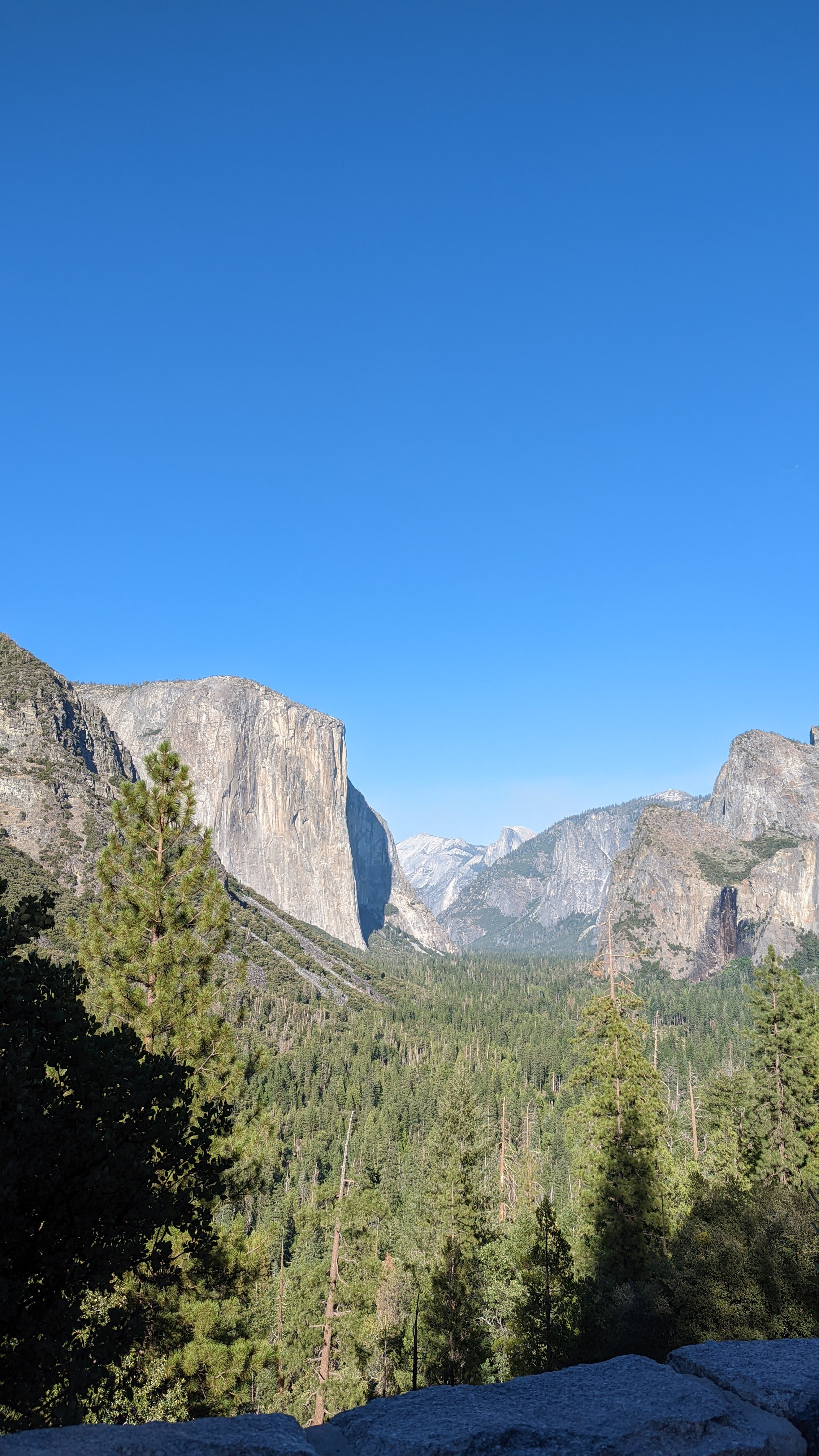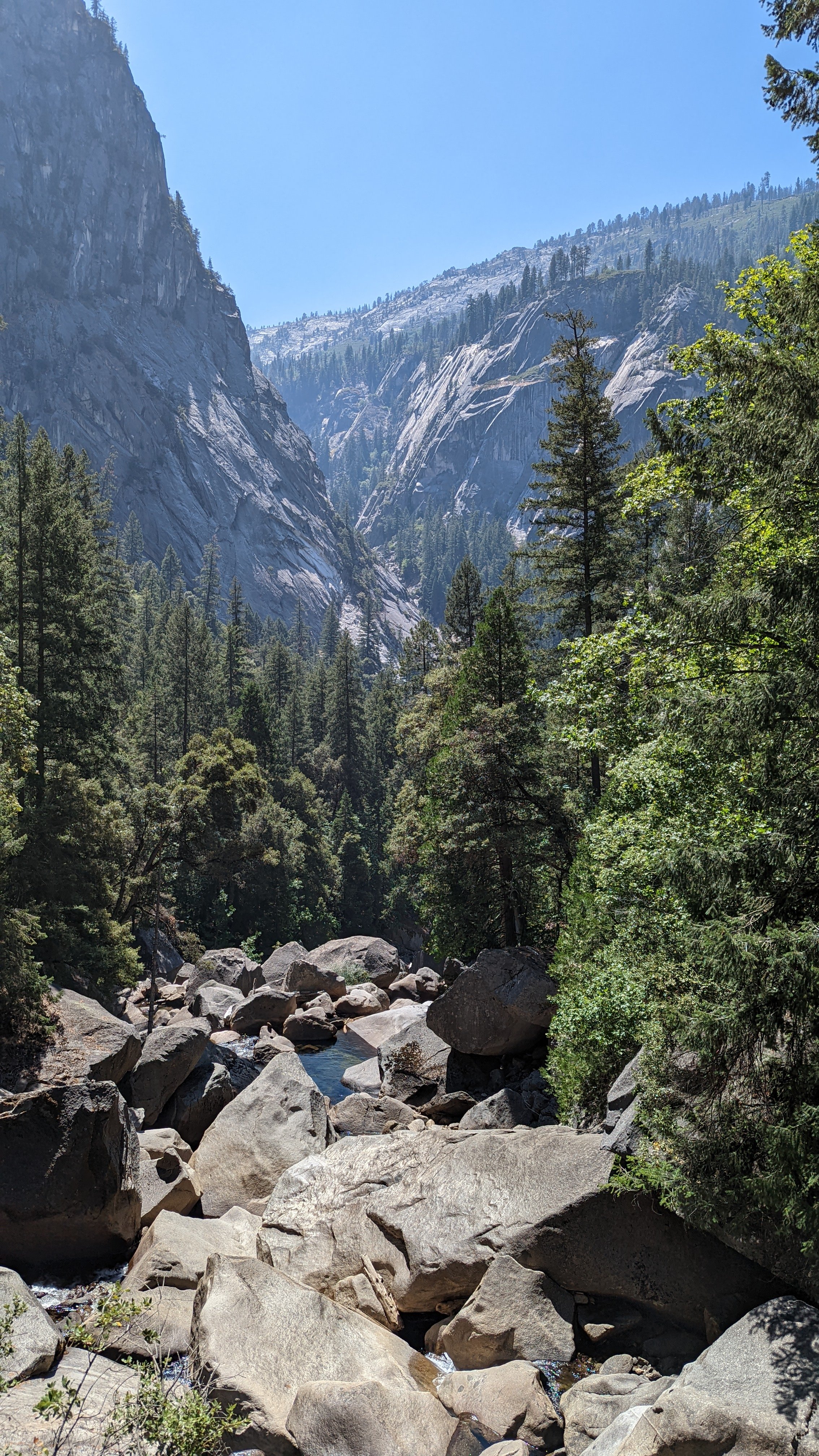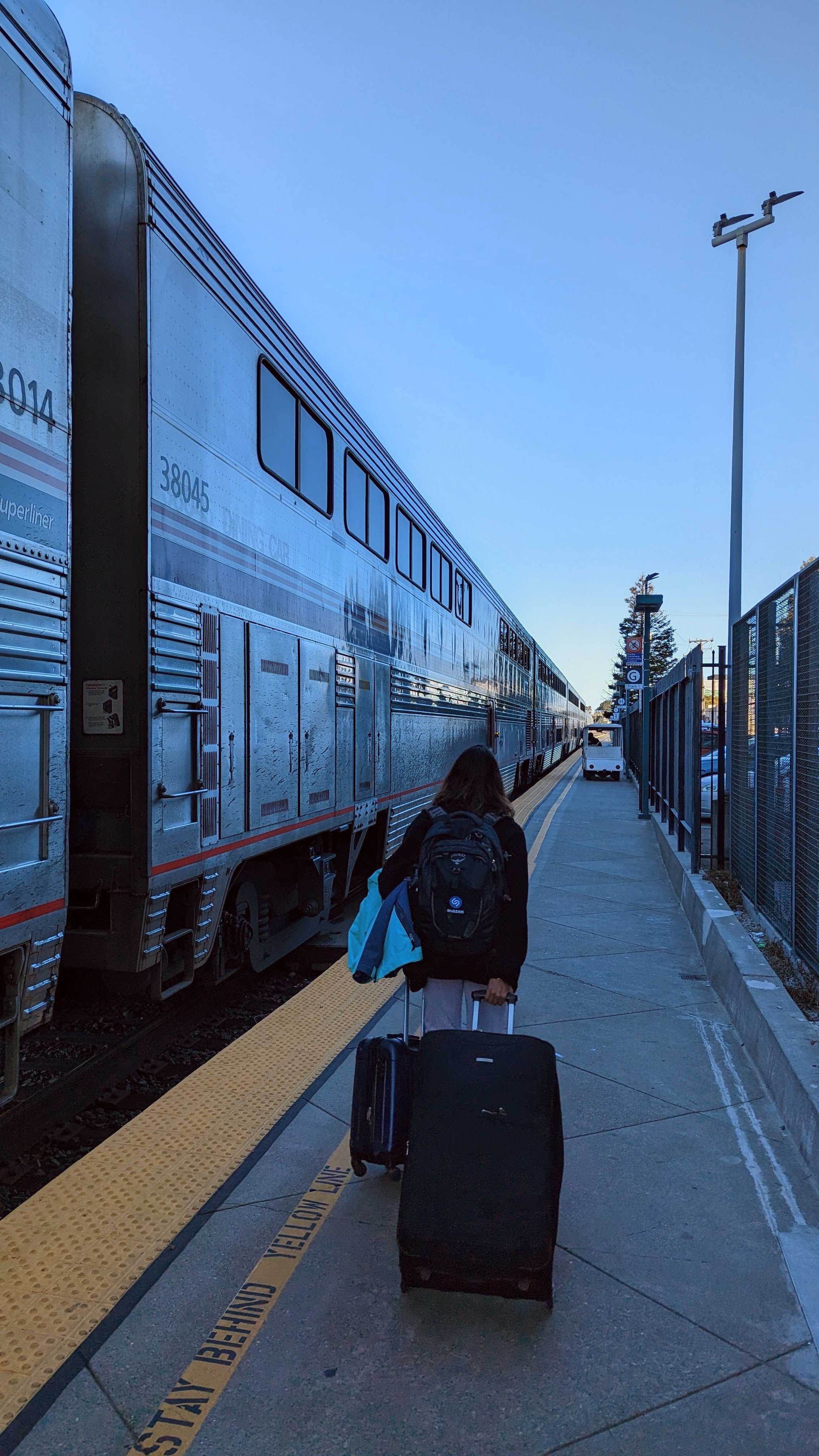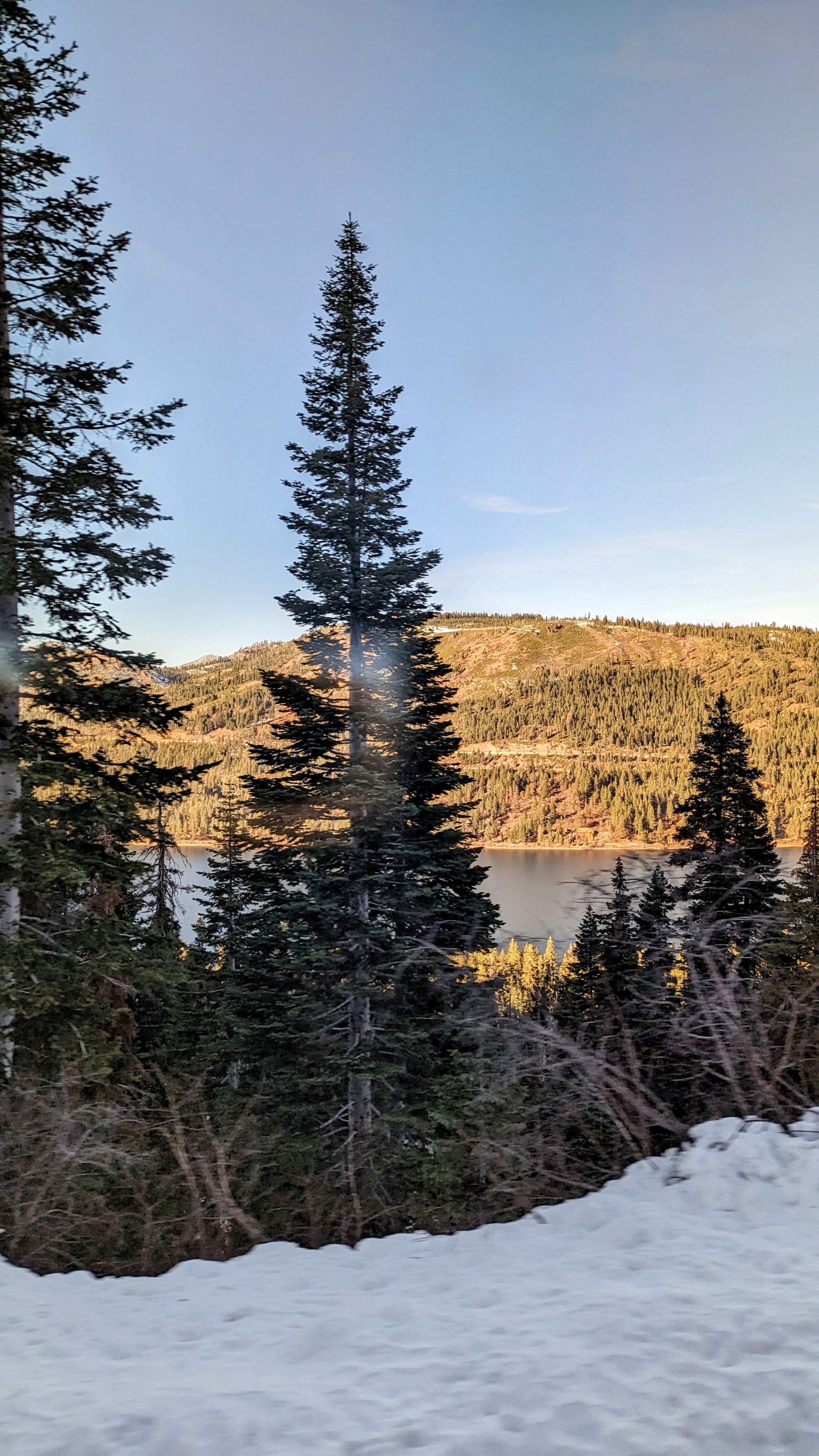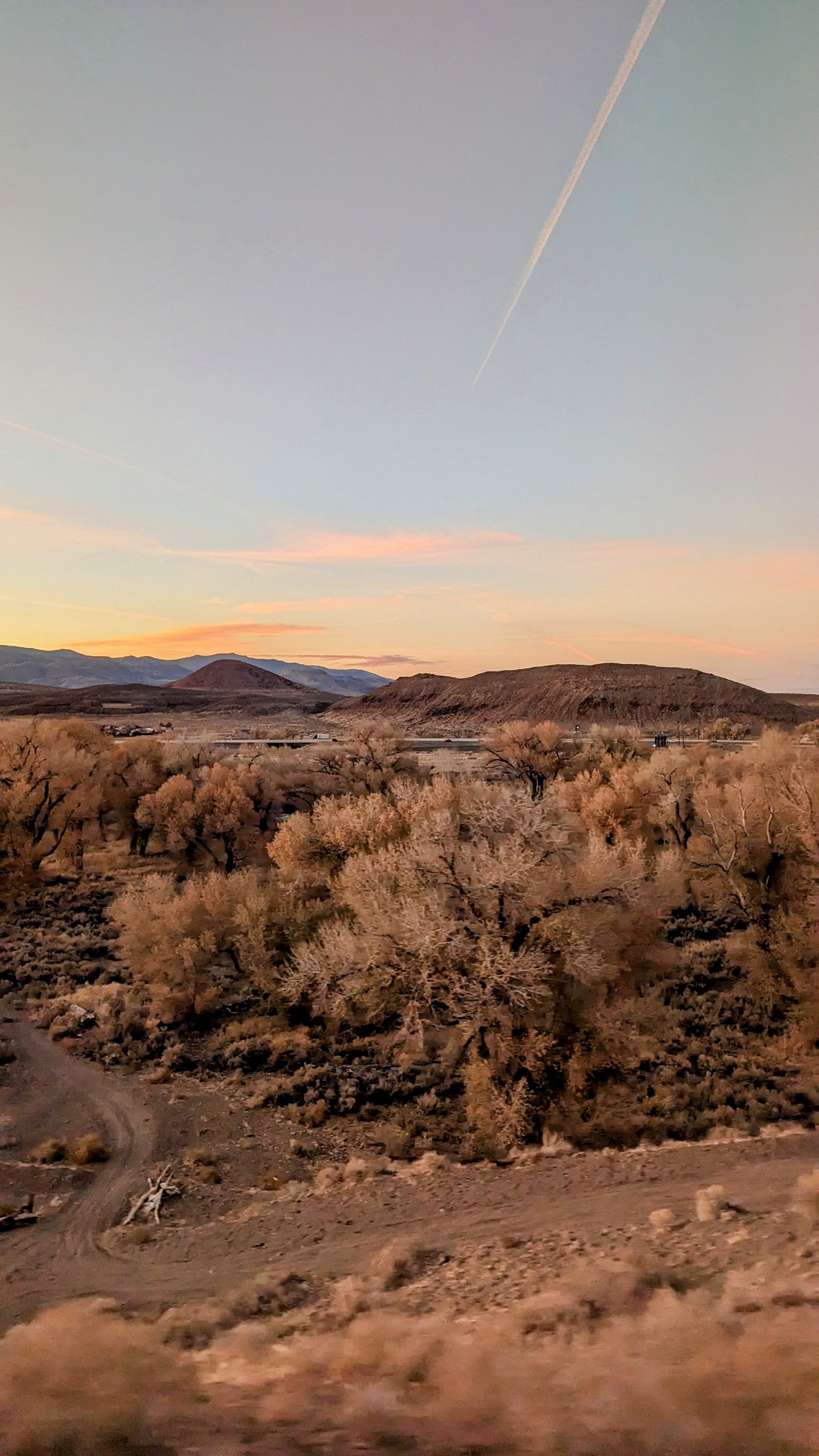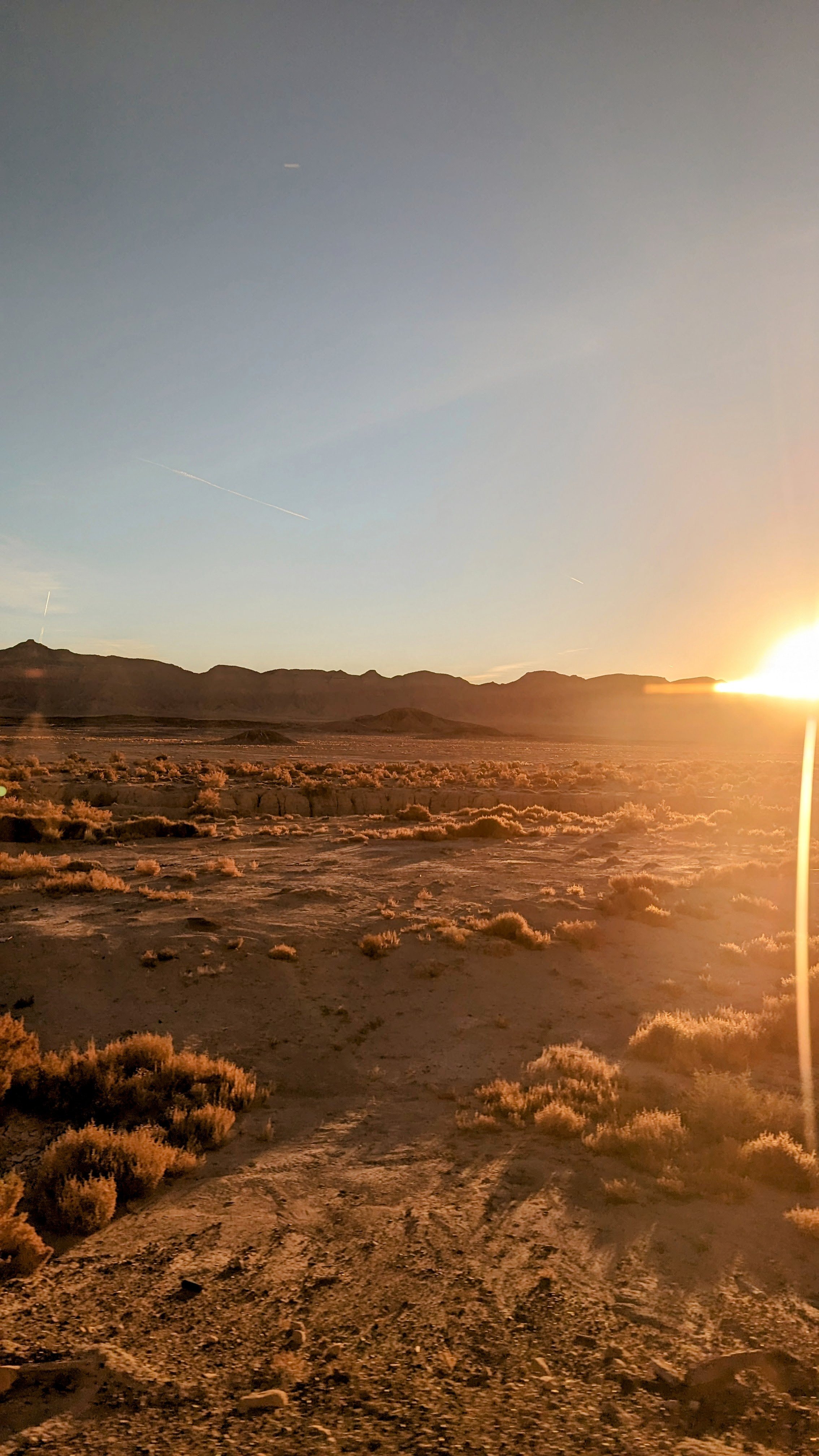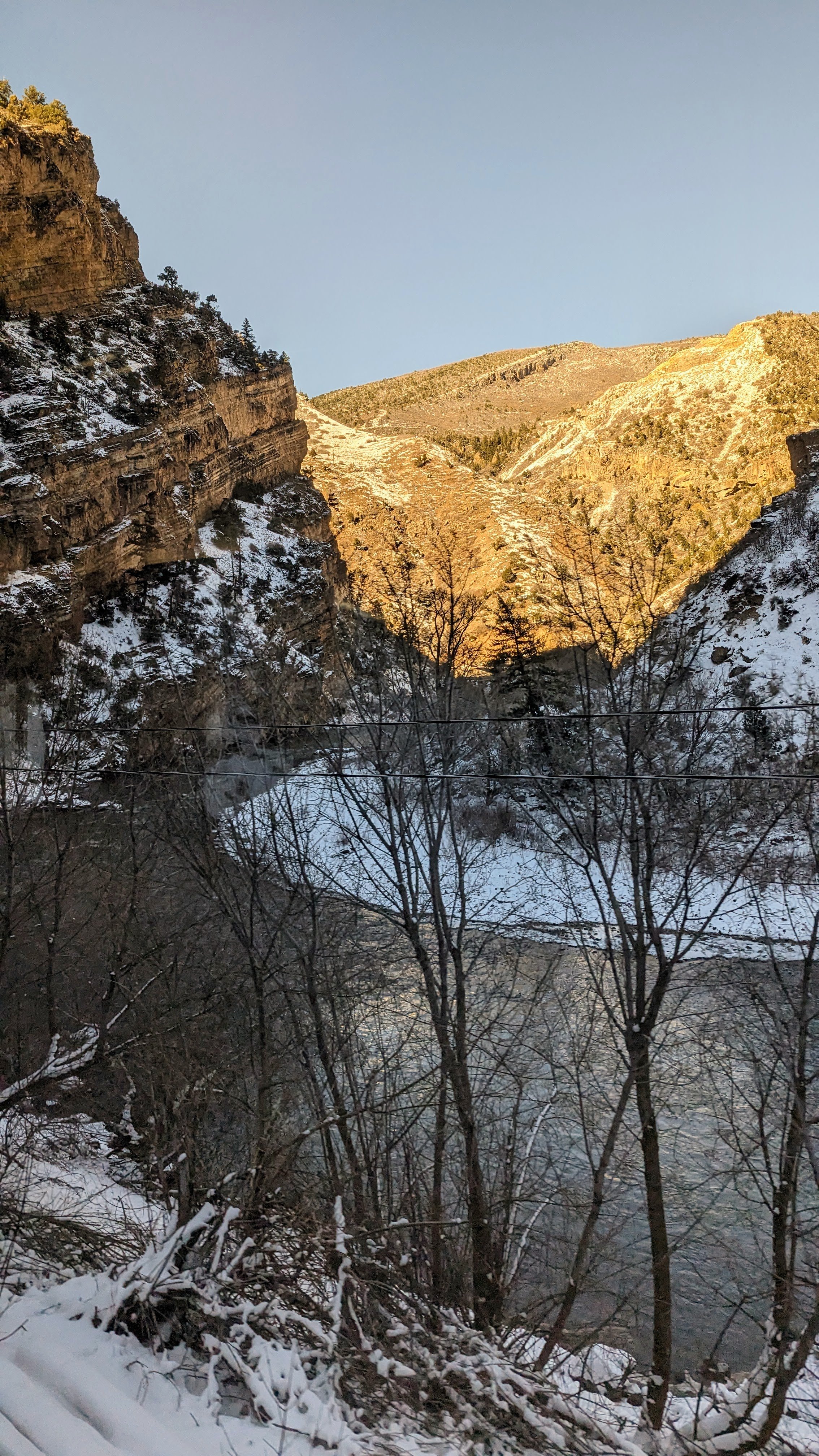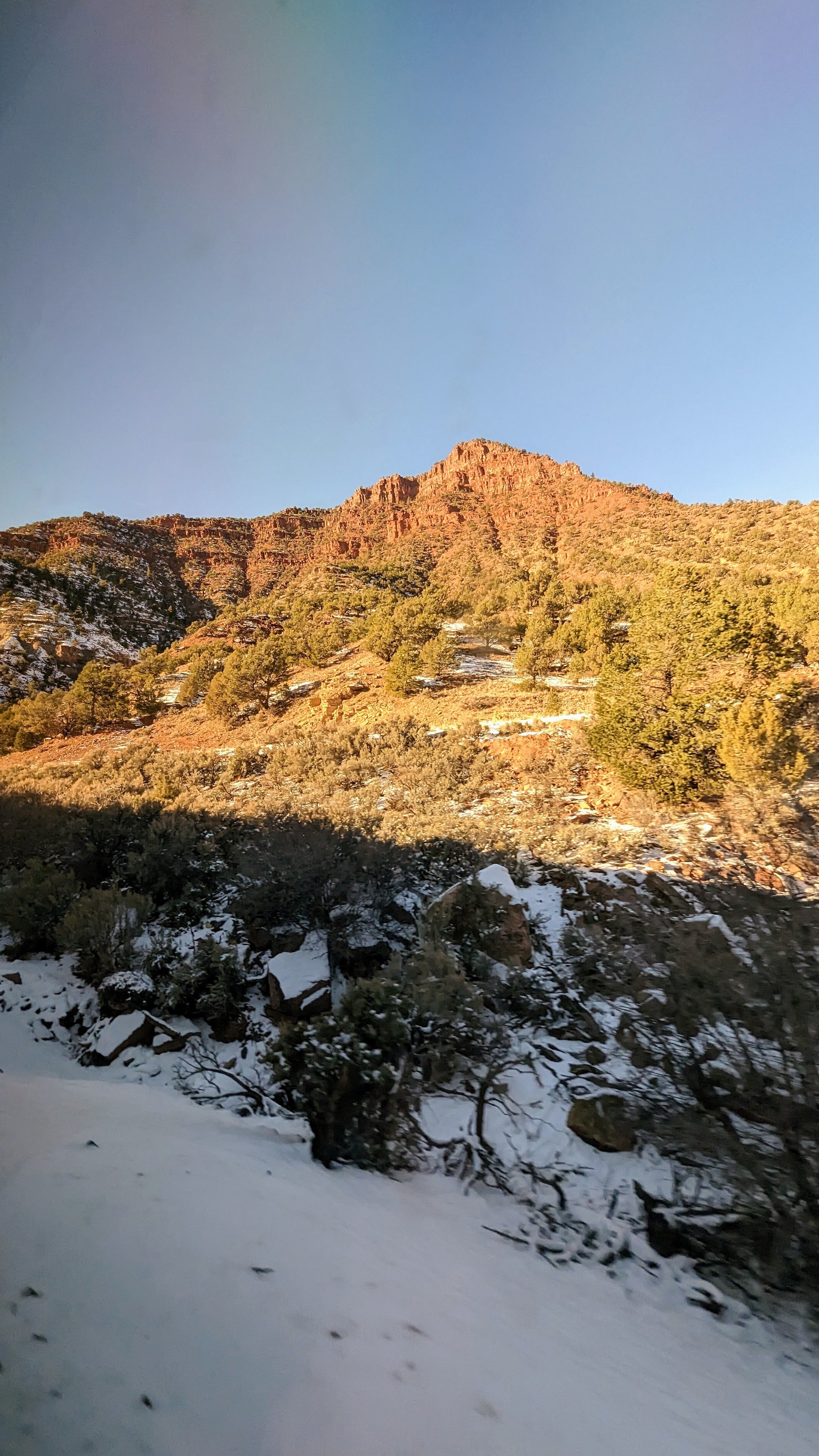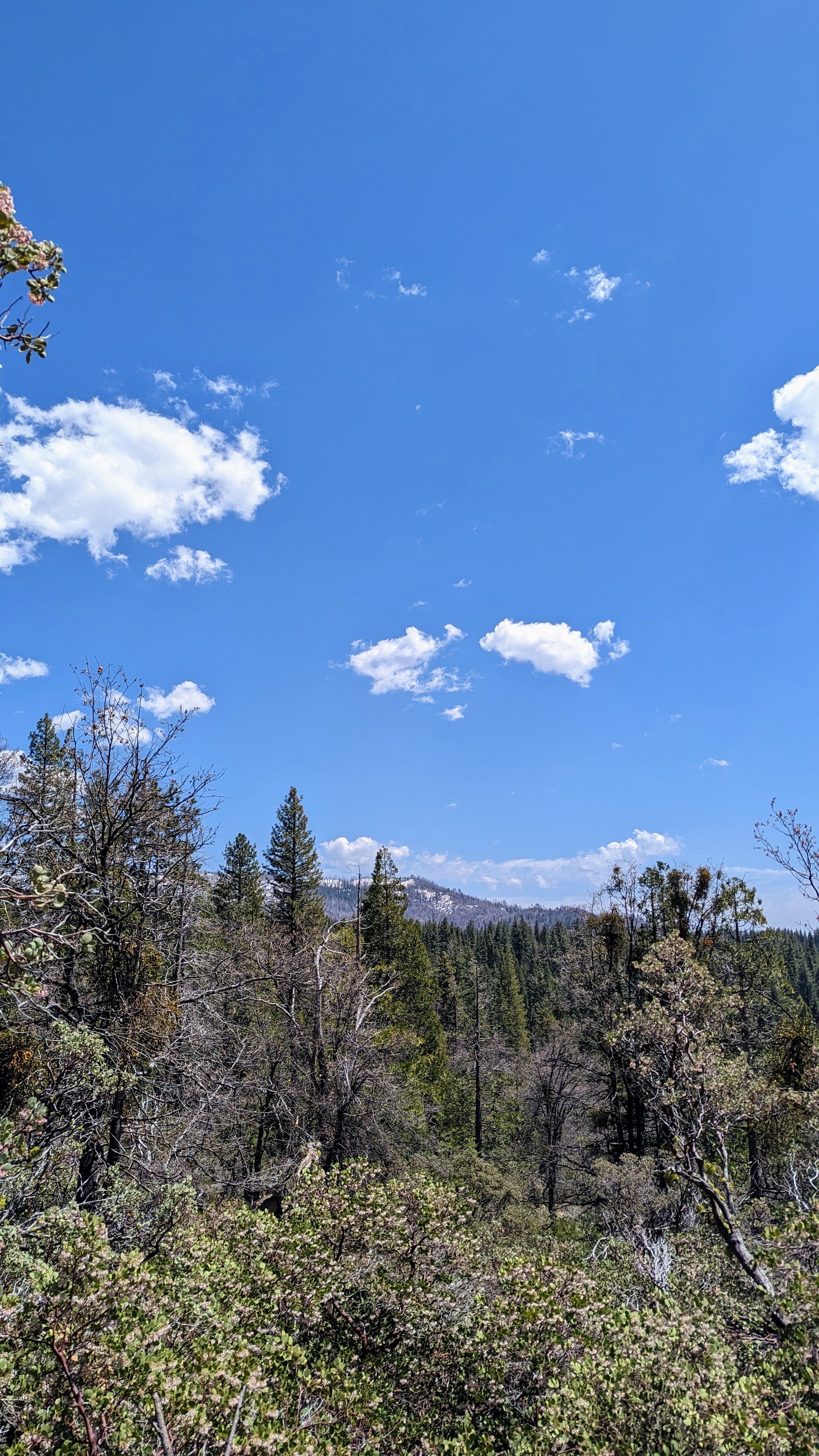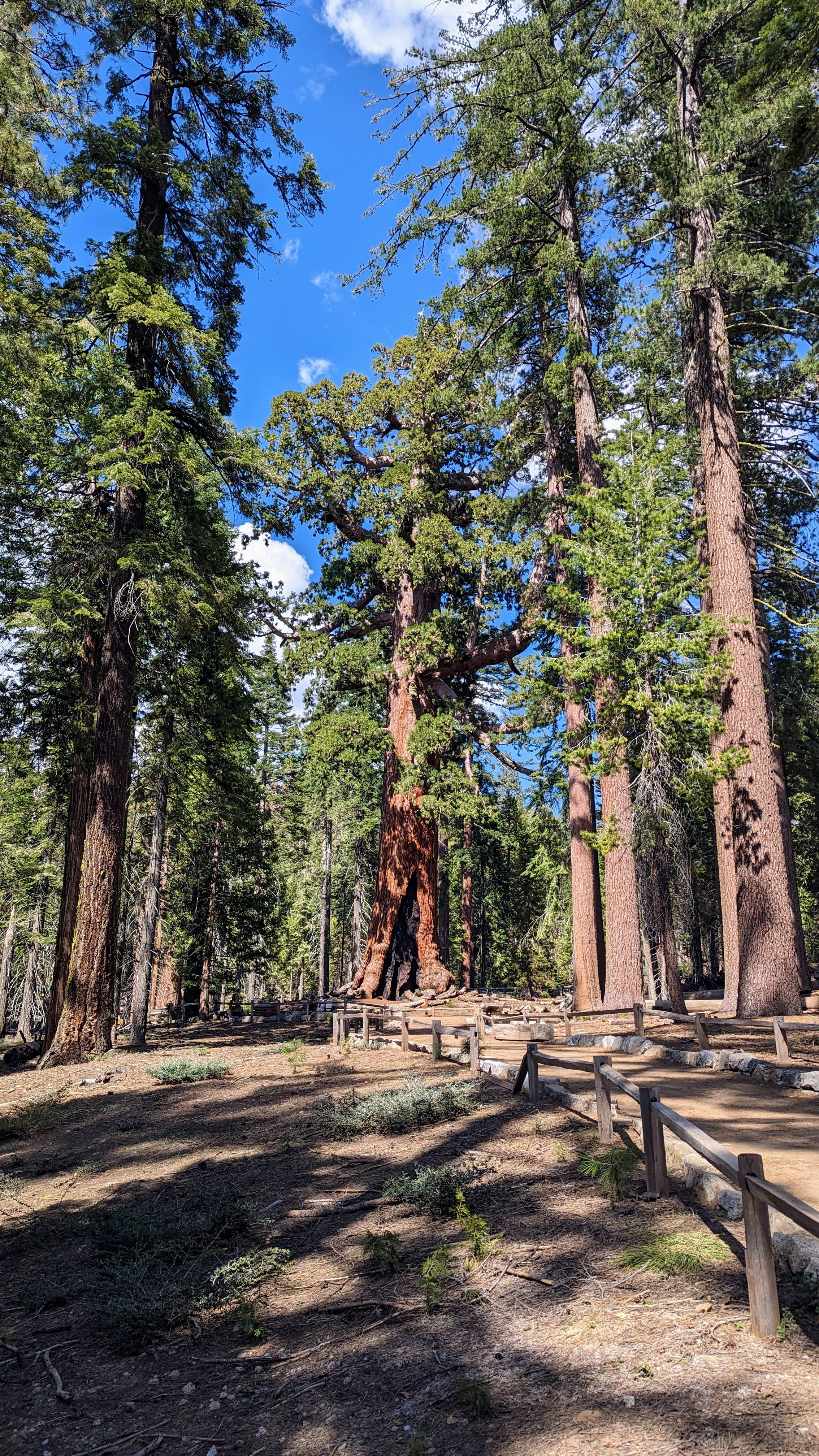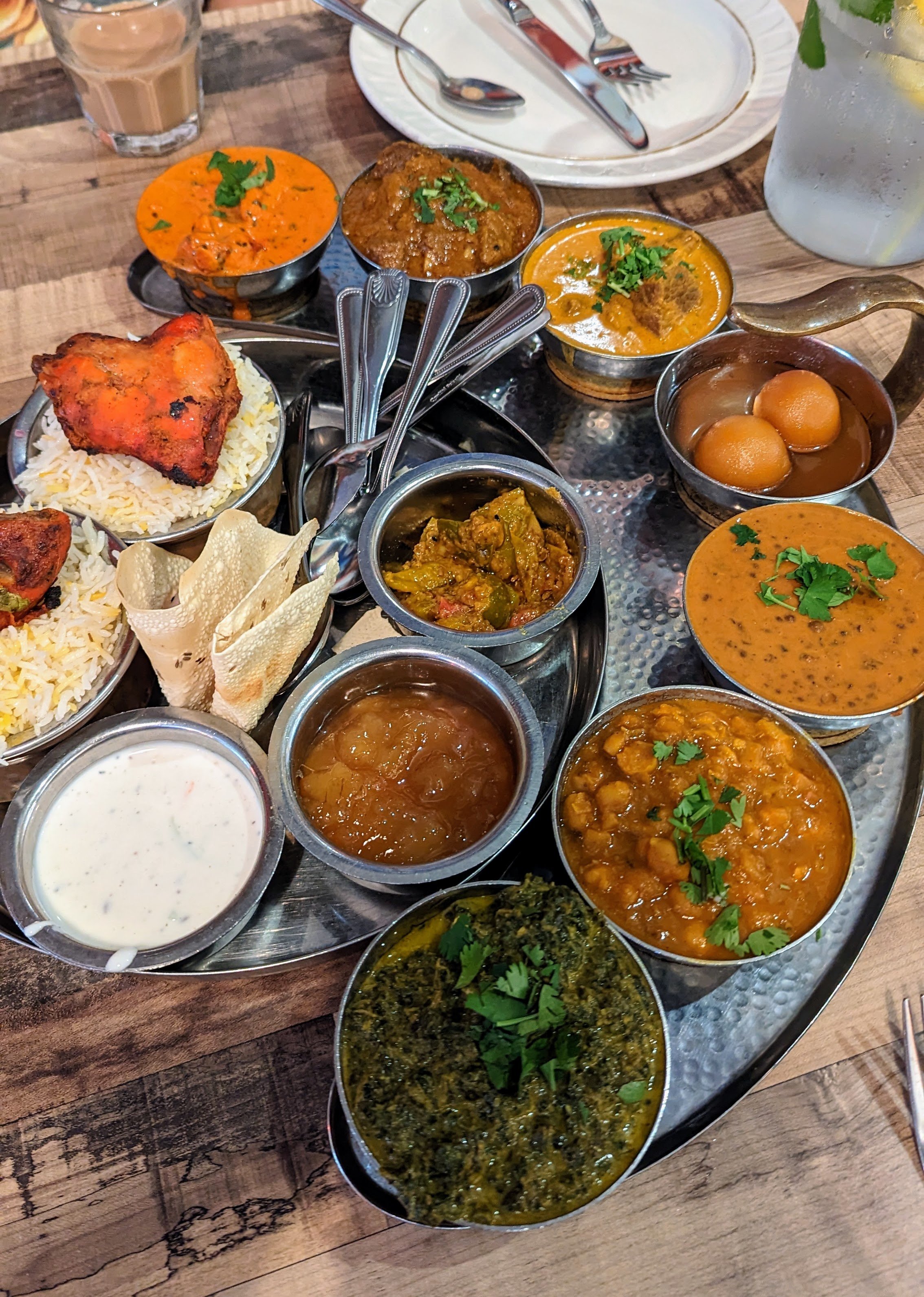The America you don’t see
The most controversial country in the world is also hugely misunderstood
Table of contents:
Think of the US for a moment. What’s the first thing that comes to mind? For many, it’s New York City. For some, it’s healthcare or its influence on the world. For others, it’s cowboys.
Growing up in a European-American household, my answer has fluctuated with time, as did my sense of US identity. It’s a feeling anyone with multiple nationalities will understand: the constant push and pull between different parts of yourself, the feeling of never really fitting in in any of your countries. However, one thing’s for sure: when I travel, the people I meet are much more interested in painting me as an American than a Slovenian (or a German, which comes up rarely). And everyone has an opinion on the stars and stripes.
I believe that the US is a chronically misunderstood country. Due to its omnipresence in popular culture, I think that people feel like they’ve seen everything America has to offer. They believe that their media’s reports about the US are a complete picture of it and are often not impressed. I’ll admit, I felt this way too, living in Europe for most of my life. However, living in and traveling around the US has shown me that there is much more to the American experience: things that are not as widely reported and experiences that are as beautiful as anywhere in the world. In this blog post, I will attempt to address some of the biggest misconceptions I’ve heard about the US, and to focus on a few of its merits for a change.
Notes:
It will never be possible to encapsulate the US into one blog post. This post is strictly my view and it is heavily based on my life experience. It does not attempt to claim that this is how everyone feels in America.
This post does not aim to excuse atrocities or systemic problems in the American system or the harm it has done to other countries in the past. I believe it is possible to speak highly about something without discounting its faults.
As this post is largely based on my experience, it is primarily a western-based view, specifically based on Europe and America. I don’t consider myself to have either the knowledge or the authority to speak in any other manner, so I won’t even try. I hope that my view can exist in tandem with those of people who have had different experiences in life.
I sometimes use the word “America” to refer to the USA. I am fully aware that America is much bigger than just the US, but it’s a more concise way of referring to the country and I don’t mean to denigrate other countries on the American continent.
Not just big cities
At the beginning of this post, I asked you about the first thing that comes to mind when you think of the US. I said that many would think of New York, but there are many other possible answers. You might think of the rolling hills of San Francisco, the long freeways of Los Angeles, the windy Chicago, or the producer of infinitely recognizable political buildings that is DC. However, all of these have something in common: they are sprawling metropolises that are known around the world. Since almost everyone in the world knows about the big American cities, I think it can give a sense of monotony about the country. I’ve often heard from people who value nature that they feel no reason to visit the US since they don’t care about seeing a place like New York or LA. The thing is, there’s so much more than that.
I recently had the privilege of taking the California Zephyr all the way from San Francisco to Chicago, and I consider it a once-in-a-lifetime experience. This is not because I was able to see San Francisco or Chicago (which are beautiful places in their own right), but because of the breathtaking sights I saw on the way. During the 52-hour train trip that spanned 7 different states (which deserves its own blog post), I was floored by the nature on display. From the Martian desert plains of Nevada and Utah to the spectacular mountain creeks of Colorado and the Iowa heartland, the lesser-visited parts of the US were on full display.
It is false, and reductive, to think that the US is just made up of big cities. If your thing is to explore the more remote parts of a country and to be awed at natural marvels, then the US has more than enough to offer for you too. The largest trees in the world live in Northern California, in the Redwood National Parks. The Yosemite and Yellowstone national parks offer nigh-undisturbed wildlife, expansive ecosystems, and some of the most spectacular views you’ll ever see. And who could forget the jaw-dropping Grand Canyon?
Apart from the scenery, there is another side to the US once you leave cities. The small towns of America have been through a lot in the last few decades, but they are still alive and sticking to their way of life. To generalize a bit, they are made up of people that are modest, courteous and just “real”. I know that’s what some feel is lacking in big cities.
The US, or any country for that matter, would be boring if it was only made up of big cities. It’s a good thing that it’s so much more than that.
Vibrant food culture
Nowhere in the world is like the US when it comes to food.
However, it’s a bit harder to understand from the outside, because it’s hard to figure out what “American” food is. It’s easy to think of Italian or Japanese food, but what exactly is American food? People will tell you that the height of American food is burgers and chicken, but that’s a huge misconception. In truth, I’d like to sum it up in one, rather generalizing, sentence.
The US is not the only place where you’ll find Italian, French, Japanese, Chinese, South American or African (the list goes on) food, but it is the only place where you can find all of these on the same street, right next to each other.
Since its inception, the US has been an immigrant nation, and so it’s only right that its food should reflect that culture. Cuisines from all over the world come to the US to showcase their food and to exchange ideas. You might say that this is not a product of the US - that I am just talking about food which is still Italian, French or Japanese and that the US cannot claim it. I disagree: I think that the location has just as much to do with the origin of the food. Take, for example, the Berlin Döner or Currywurst, which I would argue are now as German as Bratwurst.
Similarly, American cuisine has become unbelievably varied as a result of its past.
In NYC, which many call the food capital of the world, there are too many cuisines to count. In Manhattan you’ll find the highest-class French and Italian food, along with other immigrant cuisines such as Ukrainian, Polish, Greek and Chinese. Look further towards Queens and you’ll find the most amazing variety of South American food, from Mexican Birria to Ecuadorian Cevichochos and everything in between. You’ll also find a host of ambitious chefs who present new takes on old classics in swanky, dimly-lit dining rooms.
Look beyond NYC, one city in a country of millions, and you’ll find a similar story of diversity: Enjoy lobster rolls and oysters in the northeast, seafood boils around Louisiana, barbecue in the South, and don’t get me started on California. These regional specialties just scratch the surface of the variety of “American” food.
The exchange of ideas is a core part of food culture, and it’s precisely how food flourishes and evolves. Nowhere currently does this better than the US.
The US should not be compared to individual EU countries
Instead, it makes much more sense to compare it to the entire EU region
The US compared in size to the European continent
The single state of Texas compared to a large chunk of European countries
It’s extremely common for the US to be compared to countries in the EU. Because the US is one country, it’s a tempting comparison to make. But I think it’s misleading.
The US is massive
Consider the above images. Did you know that Texas itself is almost twice as large as Germany? And it’s not even the largest state (Alaska is)! I believe it’s a pivotal element to consider when discussing issues such as public transport adoption, car culture, and even healthcare. When a country is as large as the US, to compare it to a country like Germany or France is to risk overlooking some huge geographical differences between the two.
The worst parts of the US are routinely compared to the best parts of Europe
Since the US is so large, there is a huge range of different living standards which vary by state, city and even by district. There are parts of the US which are genuinely left behind and in need of urgent help. However, there is no point in comparing specifically those areas to countries like Germany, one of the largest economies of the world and one of the most powerful countries in Europe - it is just a false comparison on every level.
Compare the best parts of the US to the best of Europe and do the same with the worst parts, and the picture becomes much clearer: you’ll find that the US and the EU are actually not so different. They both have similar demographics and similar issues. It would be crazy to say that they are exactly the same - there are many differences, weaknesses and strengths between the two. But even the differences make more sense when you draw an accurate comparison. The biggest difference is that one calls itself a country with states, whereas the other calls itself a union of countries - the concepts are more similar than you think.
Conclusion
In summary, there is so much more to the US than what is often discussed. This is not to say that there are no issues - there are many, and they are worth talking about. But this post is a tribute to the great experience I’ve had living in the US, and to the amazing sides of the US that are not talked about nearly as much as they should be.
The US is more than just big cities; there is truly something for everyone in this huge country. From the expansive plains of central North America to the spectacular mountain ranges and national parks all around the country. These parts are rarely highlighted in local media and almost never mentioned internationally. They’re as core of a part of the country’s fabric as the more well-known cities are.
The food scene in the US is second to none. It is a marketplace where people from all over the world, with every kind of backstory, come to showcase their food and their culture. That’s because they know that their ambition is encouraged in the US, like nowhere else. I’ll say it again: the US is not the only place where you’ll find Italian, French, Japanese, Chinese, South American or African (the list goes on) food, but it is the only place where you can find all of these on the same street, right next to each other.
Instead of trying to one-up each other, I believe that it is possible for Americans and Europeans to find common ground, to respect the wonders of each other’s regions while still acknowledging their differences. While this post is about the US, it is important that this goes both ways, and I will say this to anyone.
If you’re reading this post, I already know that you’re inquisitive by nature and that you’re willing to look beyond information bubbles. Come visit the US: you will be surprised.



